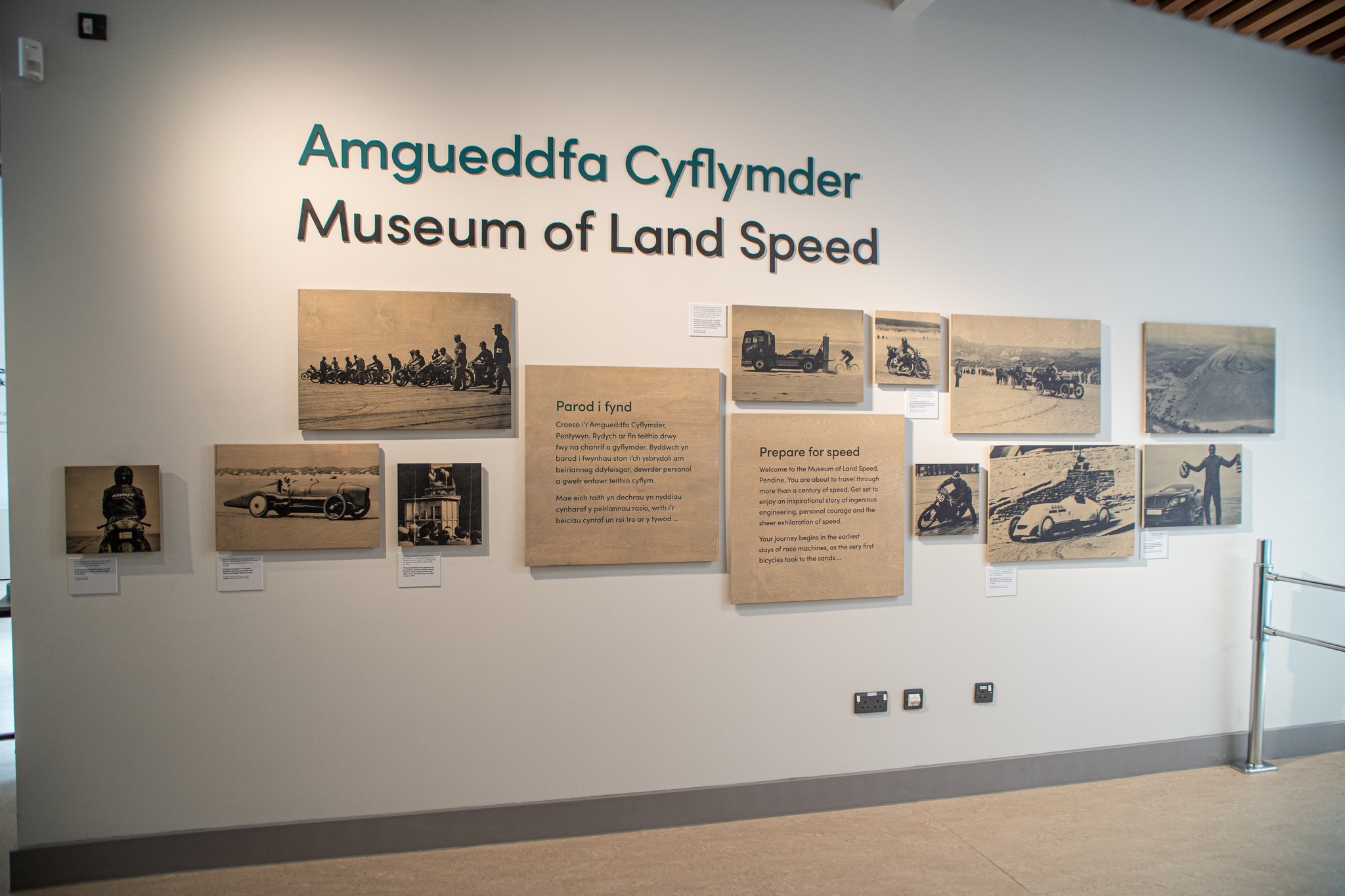Images by: Virtual Motorpix/Glen Smale and CofGâr, Carmarthenshire County Council Museums and Arts Service
Away from the bright lights, and tucked away in West Wales is the village of Pendine, which lies on a wind swept stretch of the Carmarthen Bay coast. Pendine Sands, a popular holiday resort, offers a 7-mile flat beach and attracts thousands of visitors every year who come to enjoy the majesty of this unspoiled corner of Wales. Driving your car down onto the sand certainly has its appeal for some, but over the last century, this stretch of beach has also proved a major drawcard for numerous world land speed record attempts.




